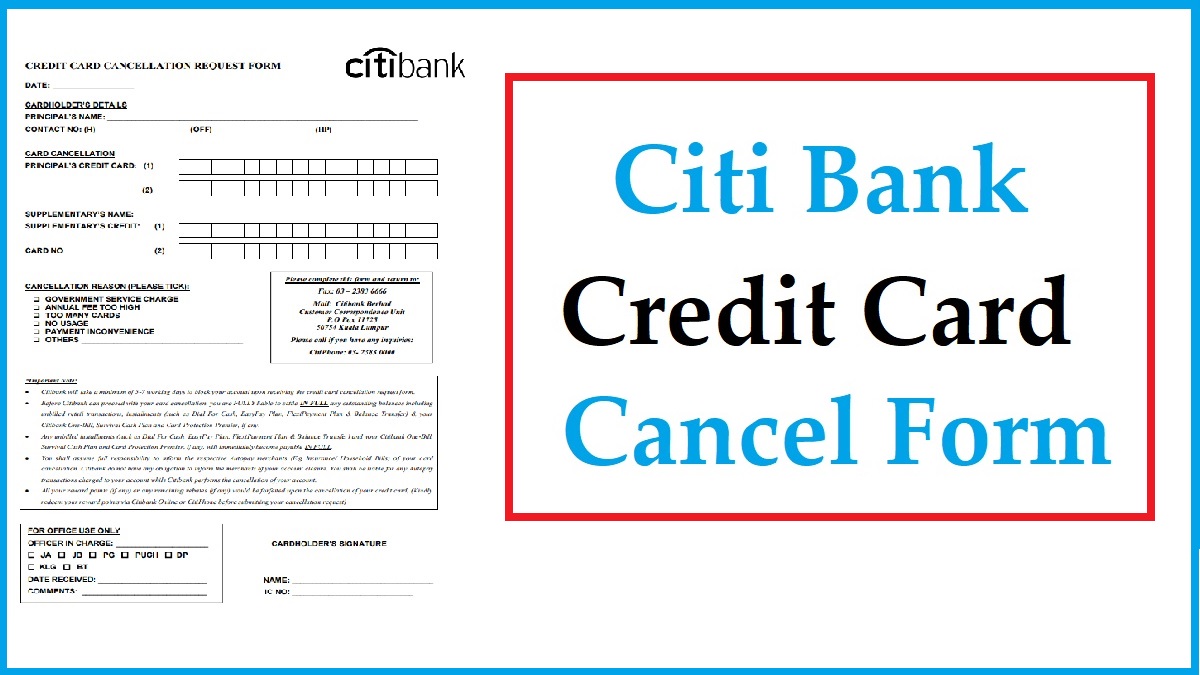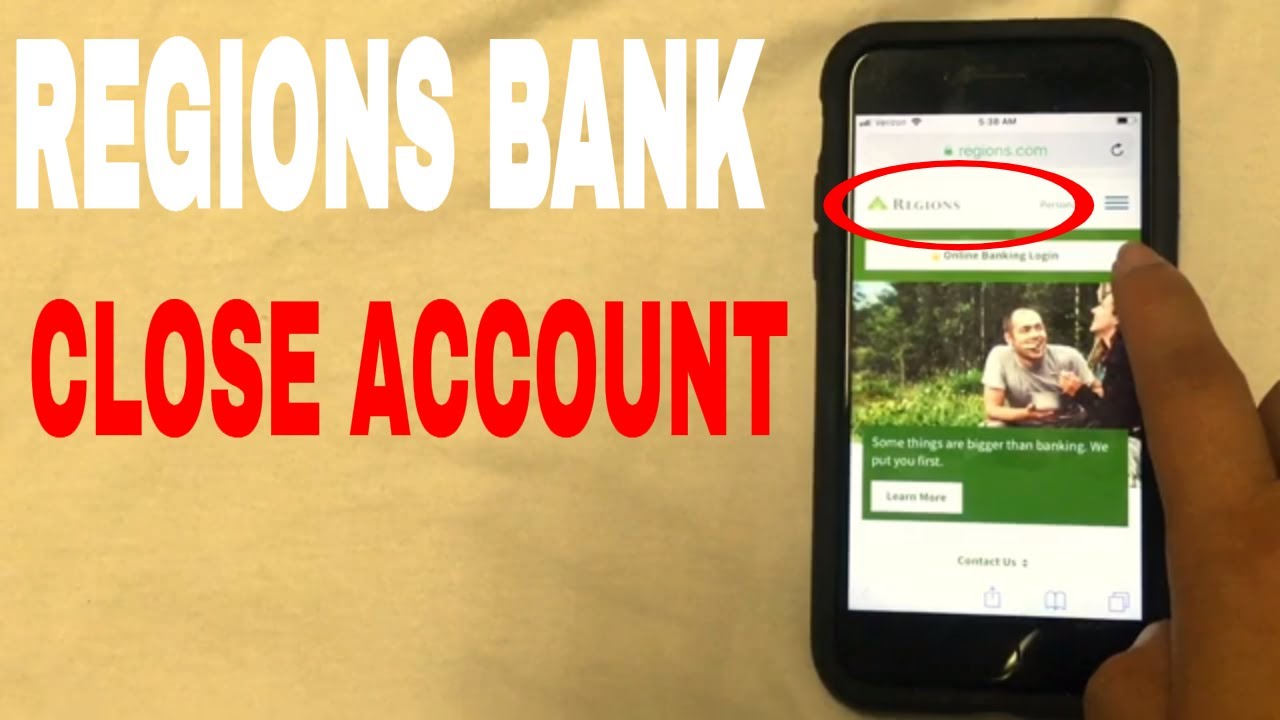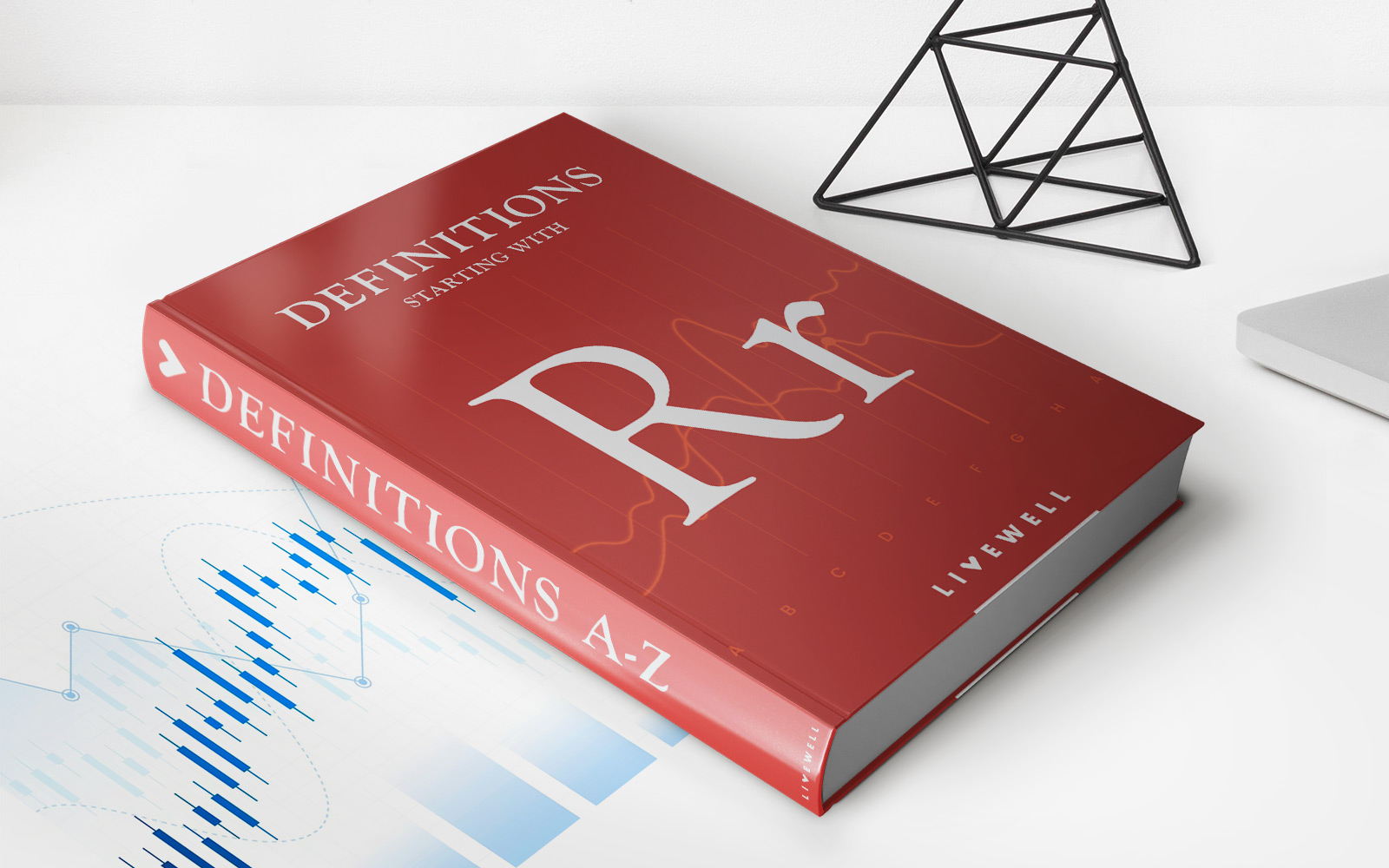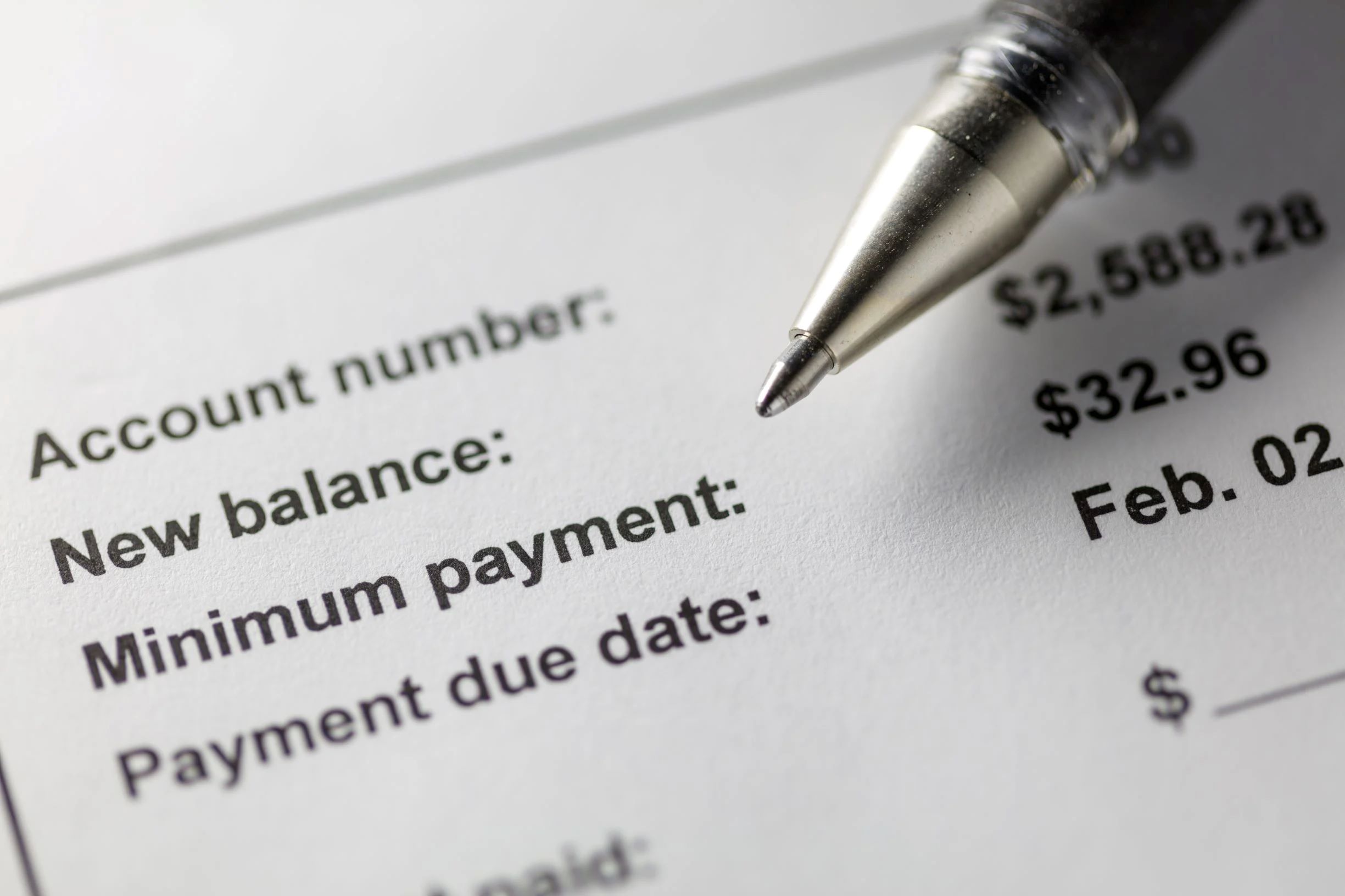

Finance
How To Close US Bank Checking Account
Published: October 28, 2023
Learn how to close your U.S. Bank checking account with our step-by-step guide. Manage your finances efficiently and effectively.
(Many of the links in this article redirect to a specific reviewed product. Your purchase of these products through affiliate links helps to generate commission for LiveWell, at no extra cost. Learn more)
Table of Contents
Introduction
Closing a US bank checking account can be a daunting task if you don’t know the proper steps to take. Whether you’re switching to a new bank, moving to a different country, or simply no longer needing the account, closing it properly is essential to avoid any potential fees or issues in the future.
In this article, we will guide you through the step-by-step process of closing a US bank checking account. We’ll cover everything from gathering necessary information to confirming the account closure, ensuring that you have a smooth and hassle-free experience.
Before we dive into the details, it’s important to note that each bank may have its own specific procedures and requirements for closing an account. Therefore, it’s always a good idea to reach out to your bank directly to understand their specific instructions. However, the general steps outlined here will give you a solid foundation to begin the process.
Now, let’s get started on closing your US bank checking account!
Step 1: Gather necessary information
Before you initiate the process of closing your US bank checking account, it’s important to gather all the necessary information related to your account. This will help ensure a smooth and efficient closure process.
Here are the key pieces of information you should gather:
- Account number: Locate your checking account number. This is typically found on your bank statements, online banking portal, or your checkbook.
- Personal identification: Collect your valid identification documents, such as your driver’s license or passport. Some banks may require additional forms of identification, so it’s advisable to check with your bank to ensure you have the correct documents.
- Authorized signers: If there are multiple authorized signers on the account, make sure to communicate with them and obtain their consent and identification documents if necessary.
- Outstanding checks: Take note of any outstanding checks that have not yet cleared. It’s important to account for these checks to avoid any potential issues with closing the account prematurely.
- Automatic payments and deposits: Make a list of any automatic payments or deposits linked to your checking account. This will be useful in the next steps to ensure a smooth transition of these transactions to a new account or payment method.
- Joint account holders: If you have a joint account with another individual, consult with them and discuss the decision to close the account. Both account holders will need to be involved in the closure process.
- Banking fees: Familiarize yourself with the fees associated with closing your account, such as early termination fees or account closure fees. This knowledge will help you make an informed decision and avoid any unexpected charges.
By gathering all the necessary information, you’ll be well-prepared to move on to the next steps of closing your US bank checking account. It’s crucial to have all the required documentation and details in order to ensure a seamless closure process and avoid any unnecessary delays or complications.
Step 2: Review account terms and fees
Before proceeding with the closure of your US bank checking account, it’s important to review the account terms and fees associated with closing the account. Understanding these details will help you make informed decisions and avoid any surprises along the way.
Here are some key aspects to consider:
- Account closure fees: Some banks may charge a fee for closing a checking account, especially if it’s closed within a certain timeframe from opening. Review your bank’s fee schedule or contact their customer service to understand any potential charges.
- Minimum balance requirements: Take note of any minimum balance requirements associated with your checking account. If your account balance falls below the specified threshold, you may be subject to additional fees.
- Early termination penalties: Certain types of accounts, such as certificates of deposit (CDs) or high-yield accounts, may have penalties for early termination. Ensure that you are aware of any such penalties before closing your checking account.
- Outstanding transactions: Double-check if you have any pending transactions, such as pending deposits or withdrawals, on your account. It’s important to account for these transactions and ensure that they are either completed or moved to a new account before closing.
- Unclaimed funds: Banks may have specific procedures for handling any unclaimed funds left in a closed account. Familiarize yourself with these procedures to ensure that you can easily access any remaining funds.
- Alternative account options: If you’re closing your checking account in order to switch to a new bank, consider exploring the account options and fees offered by the new bank. This could help you find a better fit for your banking needs and potentially avoid similar issues in the future.
By taking the time to review the account terms and fees, you’ll be better equipped to make the necessary decisions and understand the potential financial implications of closing your US bank checking account. This knowledge will enable you to proceed with confidence and minimize any unexpected costs or complications that may arise.
Step 3: Remove Automatic Payments and Deposits
As you prepare to close your US bank checking account, it’s important to address any automatic payments or deposits linked to your account. Taking the necessary steps to transfer these transactions to a new account or payment method will help ensure a seamless transition and avoid any disruptions to your financial obligations.
Here’s how to handle automatic payments and deposits:
- Identify automatic transactions: Make a thorough list of all the automatic payments and deposits that are currently linked to your checking account. This may include bills, subscriptions, loan repayments, and direct deposits.
- Update payment information: Reach out to each billing company or organization and provide them with your new banking information, such as the account number and routing number of your new bank. This will ensure that your payments continue to be processed without interruption.
- Redirect direct deposits: If you have any direct deposits coming into your checking account, update the account information with your employer, government agency, or any other entity that makes direct deposits. Provide them with the necessary details of your new account to ensure a smooth transition of funds.
- Cancel automatic payments: For any automatic payments that you wish to discontinue, contact the respective companies or organizations and request cancellation. Be sure to follow their specific procedures to avoid any potential late fees or penalties.
- Monitor for any missed transactions: After updating or canceling your automatic payments and deposits, keep a close eye on your new account to ensure that all transactions are properly redirected. This will help you identify any missed or recurring charges that may need further attention.
By proactively removing automatic payments and deposits from your US bank checking account, you can ensure that your financial obligations are met and avoid any potential issues with missed payments or deposits. Taking the time to communicate with billing companies and update your banking information will provide you with peace of mind during the account closure process.
Step 4: Transfer or Withdraw Remaining Funds
As you approach the closure of your US bank checking account, it’s crucial to address the remaining funds held in the account. Whether you opt to transfer the funds to a new account or withdraw them as cash, ensuring a smooth transition of your money is essential.
Here are the steps to transfer or withdraw your remaining funds:
- Assess your balance: Determine the amount of money remaining in your checking account. This will help you decide whether to transfer the funds to a new account or withdraw them as cash.
- Open a new account: If you haven’t done so already, consider opening a new bank account to which you can transfer your funds. Research different banks and their account options to find one that suits your needs.
- Initiate a fund transfer: If you choose to transfer your funds to a new account, contact your new bank and inquire about the transfer process. They will provide you with the necessary instructions and assist you in completing the transfer.
- Withdraw cash: Alternatively, you may decide to withdraw the remaining funds as cash. Visit your current bank branch or an ATM associated with your bank and withdraw the amount you wish to take in cash.
- Close the account: Once you have transferred or withdrawn your remaining funds, it’s time to request the closure of your US bank checking account. Proceed to the next step for guidance on how to initiate the closure process.
By promptly transferring or withdrawing your remaining funds, you can ensure that your money is secure and accessible after closing your US bank checking account. Whether you prefer the convenience of transferring funds or the immediacy of cash withdrawals, choose the option that aligns with your financial needs and preferences.
Step 5: Contact the Bank
Once you have taken the necessary steps to handle your transactions, it’s time to officially notify your bank of your intent to close your US bank checking account. Contacting the bank directly will ensure that you understand their specific procedures and requirements for account closure.
Here’s how to contact the bank:
- Customer service: Locate the customer service contact information for your bank. This can usually be found on the bank’s website or on your account statements. Call the customer service number and explain your intention to close your checking account.
- Important questions: During your conversation with the customer service representative, be sure to ask any questions you may have regarding the account closure process. Examples of important questions include whether or not there are any necessary forms to fill out, any last-minute requirements, or any potential fees associated with account closure.
- Provide required information: Prepare to provide the necessary information, such as your account number, personal identification information, and any other details the bank representative may ask for. This will help facilitate the closure process more efficiently.
- Follow instructions: Listen carefully to the instructions provided by the bank representative and follow them accordingly. They may provide specific steps to complete the closure process, such as mailing in a signed form or visiting a branch in person.
- Document the conversation: It’s a good practice to take notes during your conversation with the bank representative. Document information such as the name of the representative, the date and time of the call, and any important details discussed. This documentation can be useful for future reference or if any issues arise during the account closure process.
By contacting the bank directly, you can ensure that you are following their specific procedures for closing your US bank checking account. Communicating with the bank will help you understand any additional steps or requirements that may be necessary to complete the account closure process smoothly.
Step 6: Follow Bank’s Procedures for Account Closure
Once you have contacted your bank and informed them of your intention to close your US bank checking account, it’s important to carefully follow their specific procedures for account closure. Each bank may have its own set of requirements and steps to complete the closure process.
Here’s how to navigate the bank’s procedures:
- Complete any necessary paperwork: Depending on your bank’s policies, you may be required to fill out specific forms or submit specific documentation to initiate the account closure process. Carefully review the instructions provided by the bank and ensure that you comply with their requirements.
- Return any bank-issued items: Some banks may request the return of certain items related to your checking account, such as debit cards, checks, or deposit slips. Follow the bank’s instructions on how to return these items, which may include mailing them or dropping them off at a local branch.
- Confirm closure fees: If your bank charges any account closure fees, verify the amount and ensure that you have sufficient funds available to cover these fees. Pay any required fees promptly to avoid any delays in the account closure process.
- Meet in-person, if necessary: Depending on your bank’s policies and your preferences, you may be required or prefer to visit a local branch in person to finalize the account closure. If this is the case, schedule an appointment or visit during the bank’s business hours.
- Keep record of closure: As you follow the bank’s procedures, keep a record of all the steps you have taken to close your checking account. This includes any forms submitted, receipts for returned items, and any communication exchanged with the bank. Having a comprehensive record will be helpful in the future if any issues arise.
By carefully adhering to your bank’s specific procedures for account closure, you can ensure that the closure process is completed smoothly and efficiently. Following the bank’s guidelines will help you meet any requirements they have and minimize any potential complications that may arise.
Step 7: Confirm Account Closure
After you have followed the bank’s procedures to close your US bank checking account, it’s essential to confirm that the account closure has been successfully processed. Confirming the closure will provide you with peace of mind and ensure that all loose ends are effectively tied up.
Here’s how to confirm the closure of your account:
- Check account balance: Verify that your account balance is now zero. You can do this by accessing your account online, visiting an ATM associated with your bank, or contacting your bank’s customer service.
- Verify account closure: Contact your bank and request confirmation that your checking account has been successfully closed. They should be able to provide you with documentation or a notification stating that the account is closed.
- Ensure automatic transactions have ceased: Review your bank statements or online banking portal to ensure that no further automatic transactions are being processed through your closed account. If you notice any unauthorized transactions or continued activity, contact your bank immediately to address the issue.
- Destroy remaining checks and cards: Safely and securely dispose of any remaining checks, debit cards, or other banking materials associated with your closed account. This will help prevent any potential misuse of these items.
- Monitor your credit report: It’s a good practice to monitor your credit report in the months following the closure of your account. This will help ensure that no unauthorized accounts or activities are associated with your personal information.
By confirming the closure of your US bank checking account, you can have the assurance that the account is no longer active and that your financial affairs are in order. Checking your account balance, receiving official confirmation from the bank, and monitoring your credit report will help you achieve peace of mind and ensure that the closure process has been successfully completed.
Conclusion
Closing a US bank checking account may seem like a complex process, but by following the appropriate steps, you can ensure a seamless and hassle-free experience. By gathering necessary information, reviewing account terms and fees, removing automatic payments and deposits, transferring or withdrawing remaining funds, contacting the bank, following their procedures, and confirming account closure, you can successfully close your account with confidence.
Remember, while the steps provided in this article offer general guidance, it’s important to consult with your specific bank to understand their unique requirements and procedures for account closure. By communicating directly with your bank, you can resolve any questions or concerns and ensure that you have met all necessary obligations.
Closing a US bank checking account properly is crucial to avoid any potential fees or issues in the future. Transferring any automatic payments or deposits, withdrawing or transferring remaining funds, and following the bank’s procedures will help ensure a smooth transition to a new financial arrangement. Additionally, confirming the closure of your account provides you with peace of mind and ensures that all necessary steps have been taken to finalize the process.
As you navigate through the process of closing your US bank checking account, remember to keep a record of all interactions, document important information, and monitor your financial statements to ensure accuracy and security.
By following these steps and being proactive in your approach, you can confidently close your US bank checking account and move forward with your financial journey.














